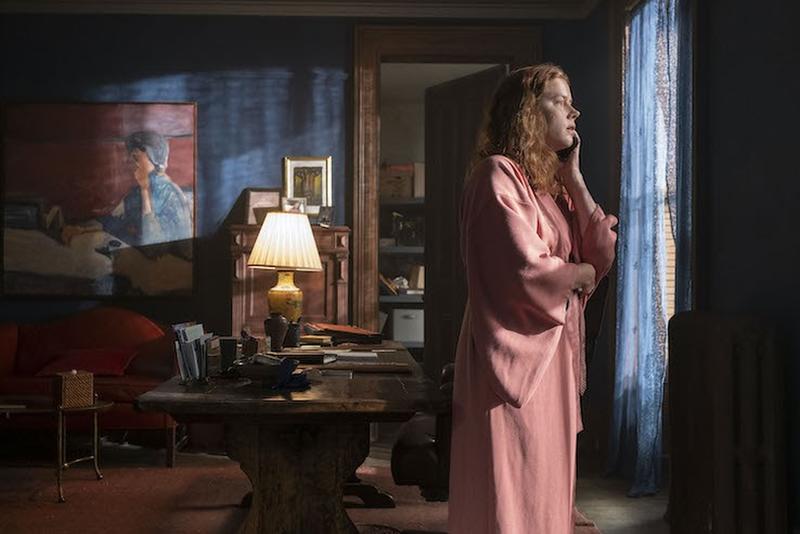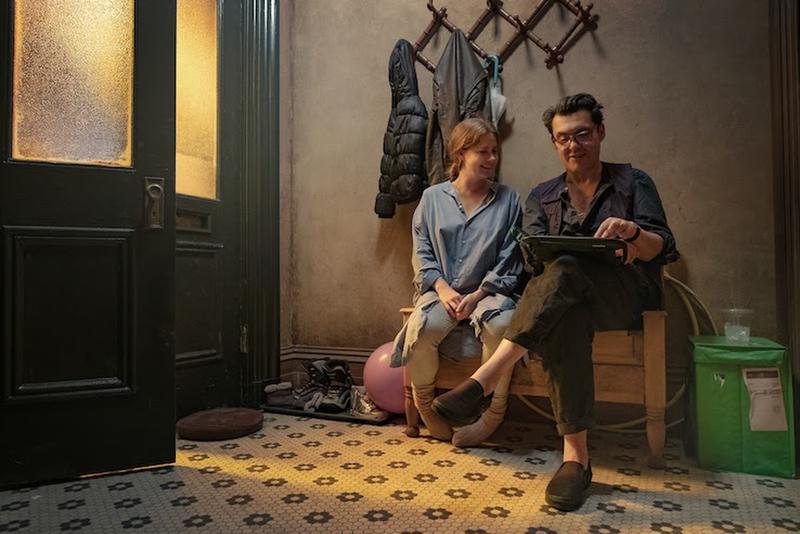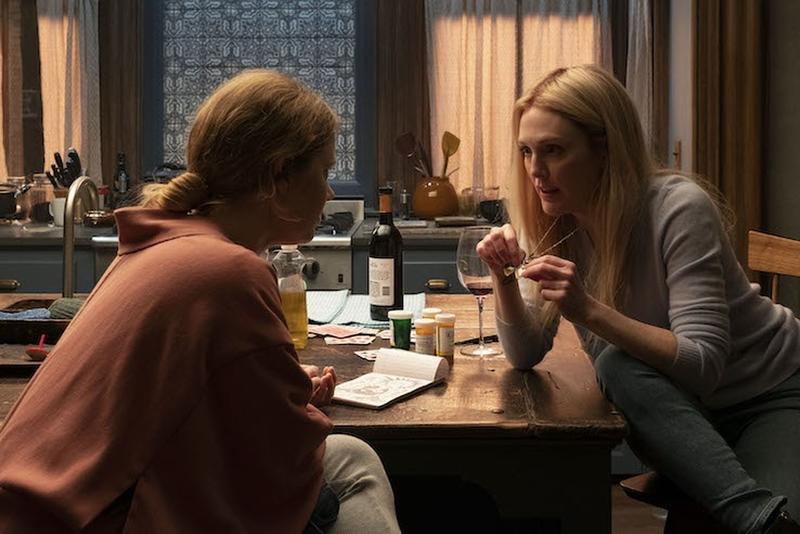
Rating: 5/10
Ever since I read A.J. Finn’s debut novel The Woman in the Window, I’ve been obsessed with its film adaptation. The 2018 book is the perfect heir to the throne of previous unputdownable psychological thrillers Gone Girl and The Girl on the Train. Finn — pen name for Daniel Mallory — worked as a book editor, studied Patricia Highsmith’s Tom Ripley novels at Oxford, and “has a history of imposture, and of duping people with false stories about disease and death,” according to a 2019 New Yorker profile on the author that only makes his work seem more intriguing.
If all this hasn’t piqued your interest yet, let me tell you about The Woman in the Window’s movie version. It was adapted for the screen by Pulitzer Prize-winner and playwright Tracy Letts (August: Osage County), who also plays a small role in the movie; directed by frequent book-adapter Joe Wright (Atonement, Pride & Prejudice, Anna Karenina); and stars six-time Oscar nominee Amy Adams, as well as Gary Oldman, Anthony Mackie, Fred Hechinger, Brian Tyree Henry, Jennifer Jason Leigh and Julianne Moore.
It was supposed to be released in October of 2019 — primed for awards seasons and on the heels of the book’s success — but after test screenings that left early audiences confused, the movie underwent reshoots and the release was postponed until March 2020. Then the pandemic happened, movie theaters closed and The Woman in the Window ended up in a sort of movie limbo until it was sold to Netflix. Now, the streamer is releasing it on May 14, 2021.
Adams plays Anna Fox, an agoraphobic child psychologist who never leaves her New York brownstone and has a penchant for spying on her neighbors out of pure boredom. “Curiosity is evidence of a decreased depression pattern,” her therapist, played by Letts, tells her during an in-house session. She’s taking a new medication that doesn’t go well with alcohol. Yet she has a routine consisting of drinking generous amounts of red wine, looking out of the window to snoop on her neighbors, going online to snoop some more and watching film noirs.
Otto Preminger’s Laura (1944), Delmer Daves’ Dark Passage (1947) and Alfred Hitchcock’s Spellbound (1945) make brief appearances in the movie as part of Anna’s entertainment, as does Rear Window. The Hitchcock film about a photographer (James Stewart) with a broken leg who can’t leave his place and believes he’s witnessed a crime in his neighbor’s apartment was a reference for the book — the home-bound Anna is also convinced she’s witnessed something sinister in the house across the street — and is paid homage in the movie. There are some Hitchcockian shots of Anna pointing the zoom lens of her camera toward her neighbors’ place that will make you want to rewatch Rear Window.
Joe Wright’s Vision for “The Woman in the Window”

When I read The Woman in the Window, I kept imagining Anna’s three-story 19th century Harlem brownstone. I wanted to wander through it. According to the movie’s production notes, the townhouse in the film was constructed on sound stages and “designed so Wright could peel back the walls and create shots which bring the audience into the house itself.” The thing is though, while watching the movie I never had the impression it was a real house. It looks like scenery, like the movie set it actually is.
The fact that for most of the movie we’re inside of Anna’s home only reinforces the theatricality of it. As do the ominous camera movements Wright uses to establish the protagonist’s precarious state of mind.
The film, like the novel, plays with the idea that Anna is an unreliable narrator and none of the other characters in the story are who they first appear to be. Anna, who at some point is described by Oldman’s character as a “drunken, pill-popping cat lady,” is dressed in sleeping gowns, oversized shirt dresses, woolen leggings with thick socks and an array of other home garments that leave her in a very unguarded position every time she’s confronted by someone from the outside world. There’s a particular sequence in which almost all of the cast ends up in Anna’s living room. She’s trying to figure out whether what she believes she’s seen really happened. She’s dressed in a pink kimono not suited to receive company, while the rest are attired in suits, coats and outerwear, prepared to brave the outside public world.
Movie Adaptations vs. Miniseries Adaptations of Mystery Books

Even though I enjoyed David Fincher’s movie version of Gone Girl, I can’t say the same about Tate Taylor’sThe Girl on the Train. Other recent genre adaptations to the screen, like Sharp Objects, Big Little Lies and The Undoing, have proved that miniseries tend to be a more fitting format than films when it comes to complex psychological thriller novels.
The book on which this movie is based has the space to be meticulous about Anna’s mental health but also that of other key characters. The need to abbreviate a 427-page novel into a 100-minute movie calls for the elimination of certain characters and subplots. It also reduces the treatment of the characters’ mental health, making The Woman in the Window one more title in Hollywood’s list of inaccurate or oversimplified depictions of mental illness.
The slow-burn that is the book becomes a movie that at times feels rushed and in need of advancing its plot with every scene. Some reveals come too fast. In the translation from the page to the screen, some things need to be spelled out in dialogues for the audience to understand — like the fact that Anna is agoraphobic or that she’s taking a drug that can have a particular kind of side effect.
If you haven’t read the book on which this movie is based, there are some twists that you won’t see coming. You’ll understand why the novel became such a sensation. If you’ve read the book, the film doesn’t provide anything new other than muted colors, dreamy cinematography by Bruno Delbonnel (Amélie) and a mostly underused cast of solid actors. Not even Adams abandoning her good looks and glamour to play the distressed Anna manages to elevate this adaptation.
After waiting almost two years for the release of The Woman in the Window and finally watching it, I realized what I need now is to figure out what’s the next installment in the Gone Girl-The Girl on the Train- The Woman in the Window trail and start reading. I just hope that, when Hollywood decides the next best-seller needs to be adapted, they make a miniseries out of it instead of a movie. It just tends to work better.






